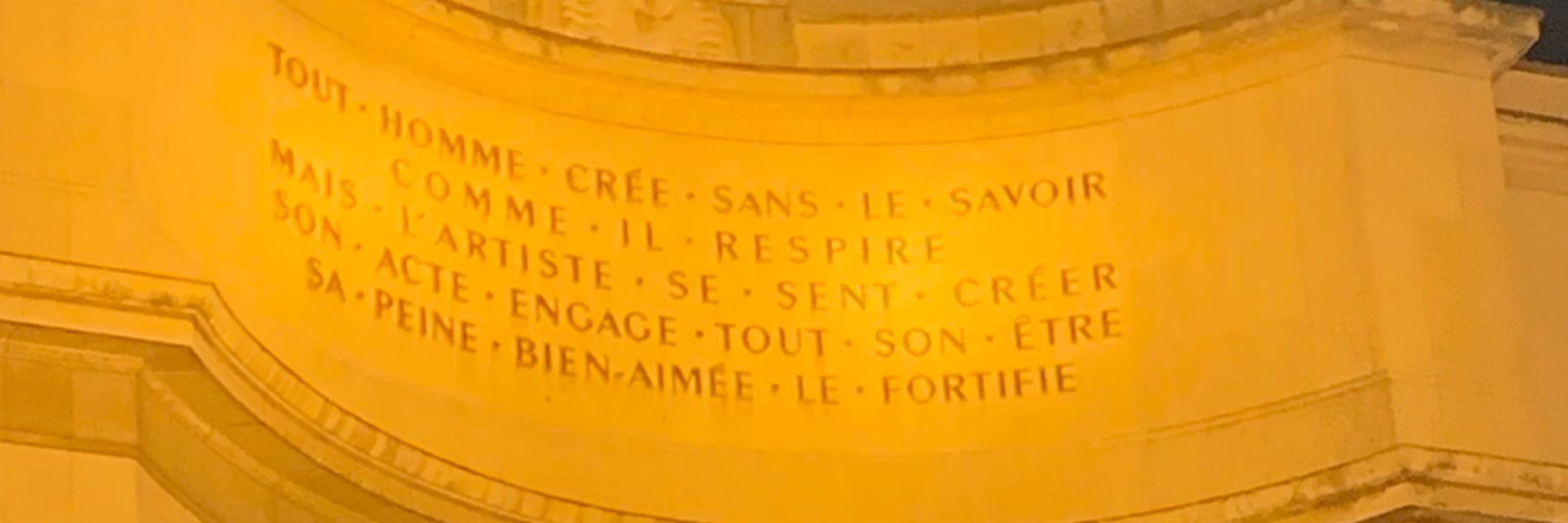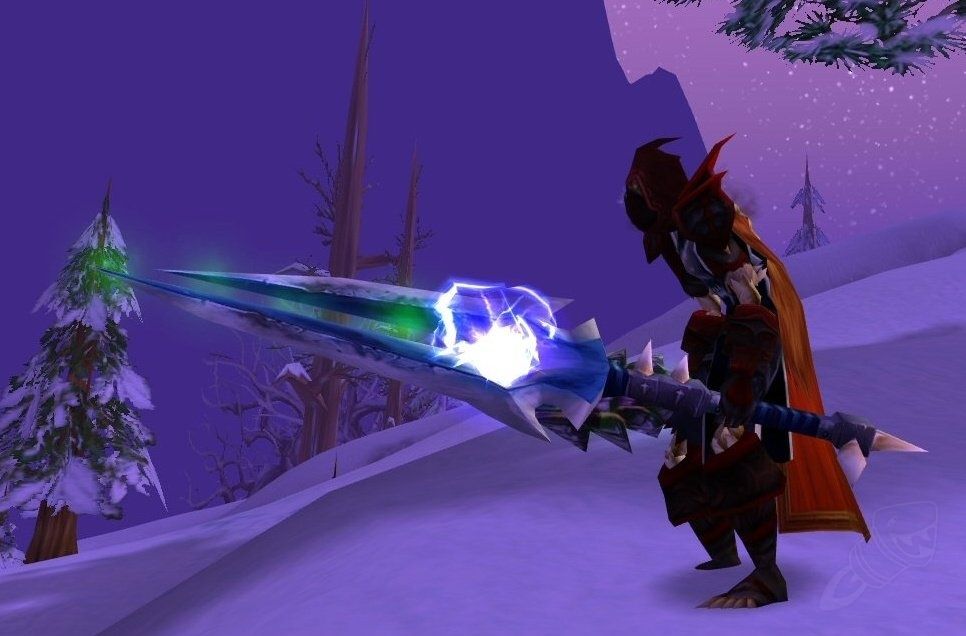
Read the paper for all details!
Read the paper for all details!
For monuments and beacons, things are more subjectives, and therefore harder to capture.
For monuments and beacons, things are more subjectives, and therefore harder to capture.




LaMB is based on these three features and draw inspirations from various field such as theme park design.

LaMB is based on these three features and draw inspirations from various field such as theme park design.
It is built on top of concepts such as indicators, perceived affordances, and indexical storytelling
It is built on top of concepts such as indicators, perceived affordances, and indexical storytelling

